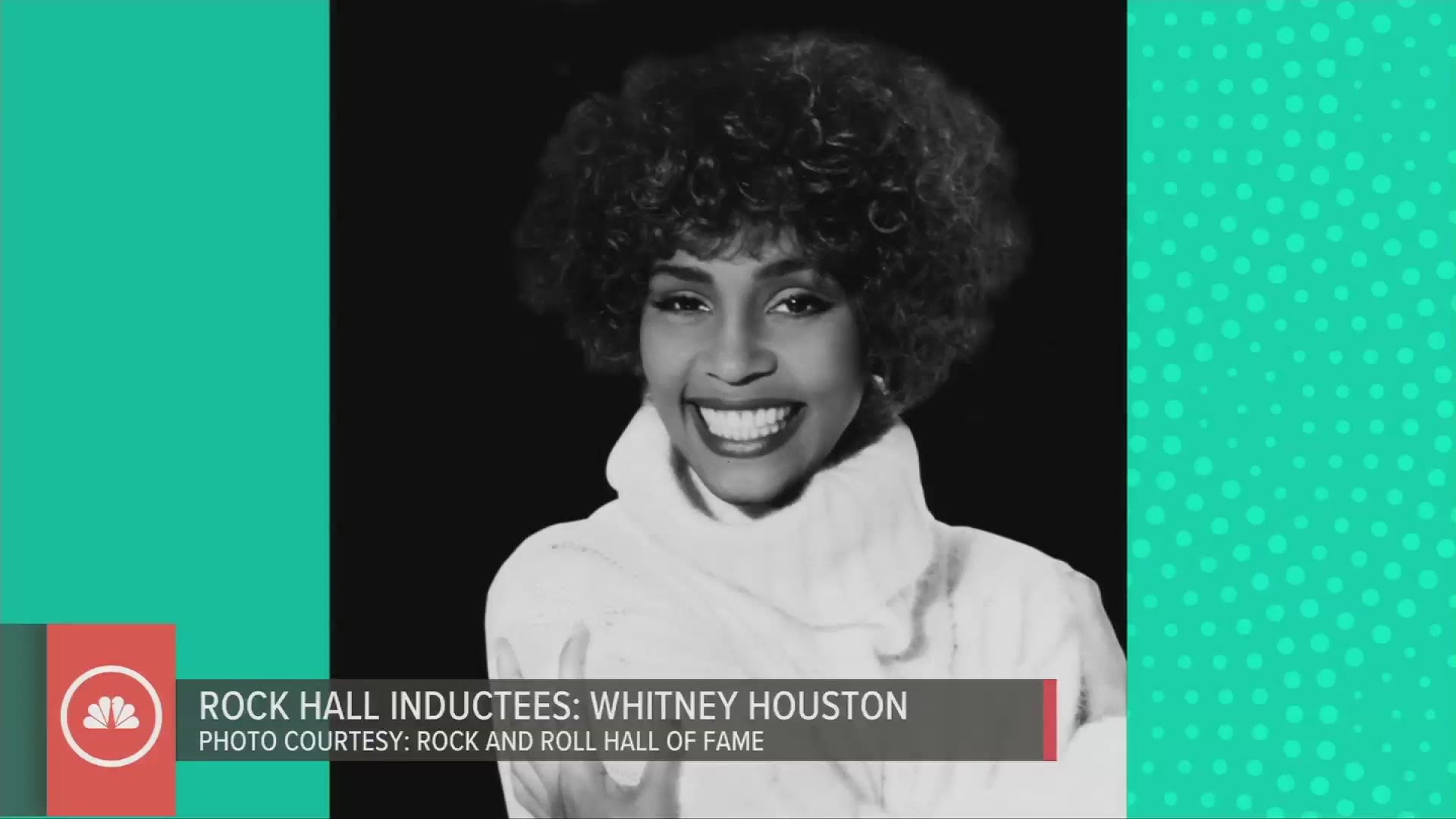Doobie Brothers, Whitney Houston, Notorious B.I.G. among 2020 Rock Hall inductees: See the full list
There are eight new inductees being cemented in music history this year.

Rock ‘n’ roll has new royalty.
Drum roll, please...
The eight inductees joining the Rock and Roll Hall of Fame in the class of 2020 were announced Wednesday morning. And the inductees are…
PERFORMER CATEGORY
- Depeche Mode
- The Doobie Brothers
- Whitney Houston
- Nine Inch Nails
- The Notorious B.I.G.
- T. Rex
AHMET ERTEGUN AWARD
- Irving Azoff
- Jon Landau
*This award “honors songwriters, producers, disc jockeys, record executives, journalists and other industry professionals who have had a major influence on rock ‘n’ roll."
NOTE: Scroll down to the bottom of this story for in-depth bios on each of the inductees.
WHEN IS THE INDUCTION?
The 2020 induction ceremony is back in Cleveland at Public Hall on Saturday, May 2. Tickets go on sale to the general public on Feb. 27 at 10 a.m. Rock Hall members get first dibs at tickets with a pre-sale on Feb. 25.
The ceremony will be broadcast live for the first time ever on HBO. Performances and special guests will be revealed at a later date.
The inductees within the performer category were selected from a pool of 16 nominees who were announced back in October.
2020 marks the 35th annual Rock Hall induction.
WHO WASN'T PICKED?
The contenders who didn’t make the cut this year include:
- Pat Benatar
- Dave Matthews Band
- Judas Priest
- Kraftwerk
- MC5
- Motörhead
- Rufus featuring Chaka Khan
- Soundgarden
- Todd Rundgren
- Thin Lizzy
Four of the performers not inducted this year were within the top five on the 2020 fan ballot:
#1: Dave Matthews Band: 1,005,657 votes
#2: Pat Benatar: 882,207 votes
#3: The Doobie Brothers (selected for induction): 784,729 votes
#4: Soundgarden: 722,931 votes
#5: Judas Priest: 675,434 votes
This marks the first time the top vote recipient isn't included in the actual list of inductees since the Rock Hall first introduced the fan ballot.
Depeche Mode Previous nominations in 2017, 2018
Year first eligible: 2007 ceremony
Members included: Vince Clarke, Andy Fletcher, Dave Gahan, Martin Gore, Alan Wilder

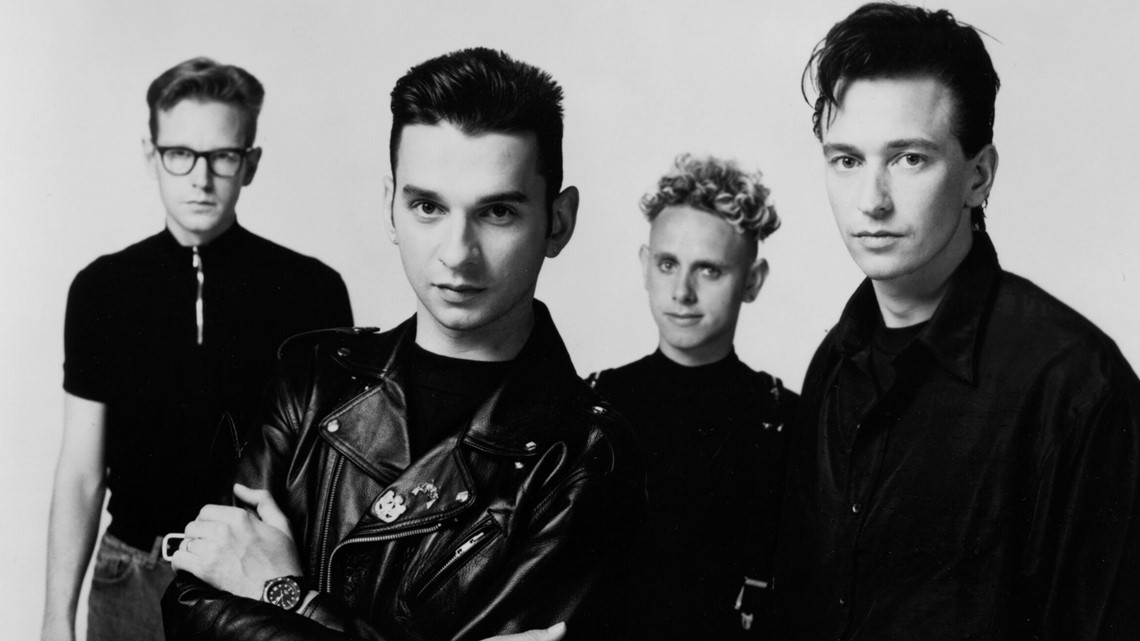
Remaining on the cutting edge for over three decades, Depeche Mode has explored new realms of postpunk, electronic textures, and futuristic industrial sounds. Led by one of the all-time most charismatic frontmen Dave Gahan and a songwriting legend Martin Gore. Depeche Mode burst from the U.K. town of Basildon in 1981 with the New Romantic synth-blast of Speak And Spell, as tunesmith Vince Clarke brought his sense of pop classicism to the dance floor in hits like “Just Can’t Get Enough” and “Dreaming Of Me.”
When Clarke left the group to make inventive records with his groups Yaz and Erasure, Gore stepped up to become one of his generation’s most influential songwriters, with his own black-leather blend of existential despair, erotic kink, political bite and sly wit. Depeche Mode built a diehard cult – and helped invent the goth subculture – with groundbreaking hits like “Master And Servant” (1985), “Stripped” (1986), “A Question Of Lust” (1986) and “Never Let Me Down Again” (1987) – while their electro reboot of “Route 66” showed off their wry take on the R&B verities. Black Celebration (1986) and Music for the Masses (1987) led to Depeche Mode’s masterwork Violator (1990), blending ominous synths with rock guitar for classics like “Personal Jesus” and “Enjoy The Silence.”
Their newfound flair for the blues exploded in the goth-grunge swamp gospel of 1993’s Songs of Faith and Devotion (“Walking In My Shoes”), as well as in recent global hits like Delta Machine (2013) and Spirit (2017). Depeche Mode have kept evolving through the 1990s and beyond, remaining a legendarily fearsome live act across the planet, with a foot in the underground and another in the club – but always with an eye on the future.
The Doobie Brothers First-time nominee
Year first eligible: 1997 ceremony
Members included: Jeff "Skunk" Baxter, John Hartman, Michael Hossack, Tom Johnston, Keith Knudsen, Michael McDonald, John McFee, Tiran Porter, Patrick Simmons

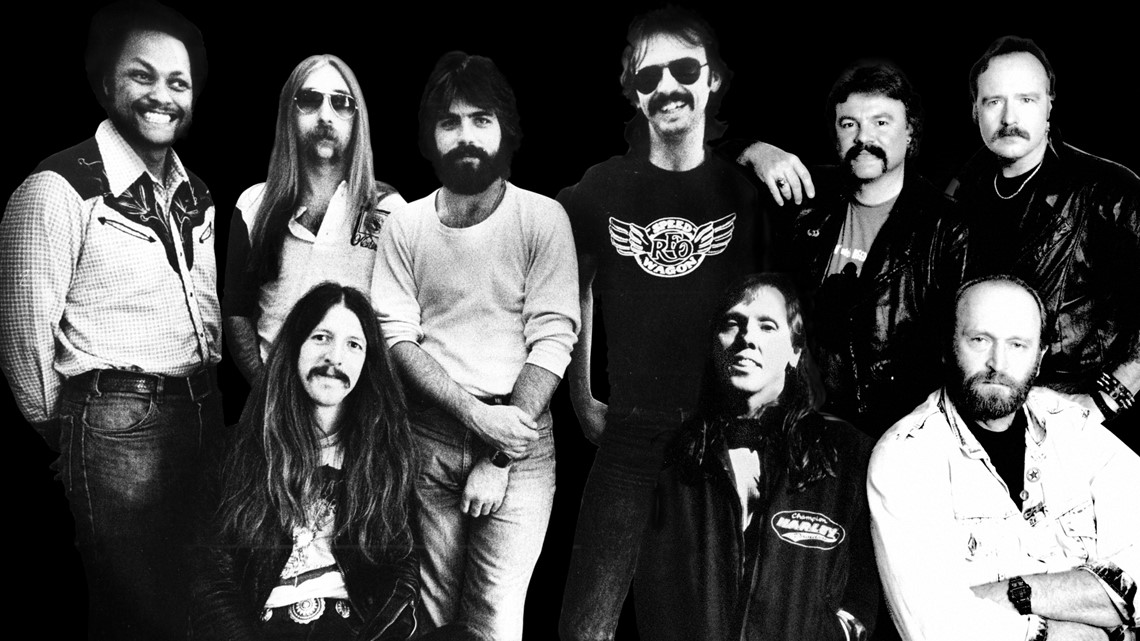
With their hard-rocking rhythms, dual drummer power, and tight three-part vocal harmonies, the Doobie Brothers have been a mainstay in the rock & roll landscape for nearly five decades. They got their start in Northern California, where Tom Johnston’s chugging guitar rhythms, John Hartman’s energetic drumming, and the fingerpicking guitar style of Patrick Simmons combined to create a unique groove that mixed diverse influences from rock, R&B, and country. Bassist Tiran Porter and drummer Mike Hossack joined the band, and the group broke out on radio stations nationwide with their utopian rock anthem “Listen to the Music” in 1972. The Doobie Brothers continued to release guitar-driven hits, including such classics as “Long Train Runnin’” (1973) and “China Grove” (1973). But they also were no strangers to experimentation; their first #1 single, “Black Water” (1975), drew on folk and bluegrass, pushing the boundaries of their hard rock style.
See an archive interview we did with Jeff "Skunk" Baxter of the Doobie Brothers:
Personnel changes in the mid-1970s led the band to explore even more sounds and textures. The addition of guitar virtuoso Jeff “Skunk” Baxter and drummer Keith Knudsen cemented the three-guitar two-drum lineup that would become a hallmark of the Doobie sound. Michael McDonald took over on lead vocals and keyboard in 1975, leading the band in yet another new musical direction with his slick, soul-inspired songwriting. With McDonald, the Doobie Brothers won four Grammy awards, producing their smash hit single “What a Fool Believes” (1978) and the multi-platinum album Minute by Minute (1978). Multi-instrumentalist John McFee replaced Baxter in the late 1970s, bringing even more musical diversity to the band.
After a brief hiatus in the mid-1980s, the band reunited, returning to their signature rock sound. Throughout their career, they have sold over 48 million records worldwide and charted five Top 10 singles. Almost fifty years since their original formation, the Doobie Brothers continue to perform their feel-good rock hits alongside brand new tunes, giving generations of fans a chance to “Listen to the Music.”
Whitney Houston First-time nominee
Year first eligible: 2010 ceremony
Members included: Whitney Houston

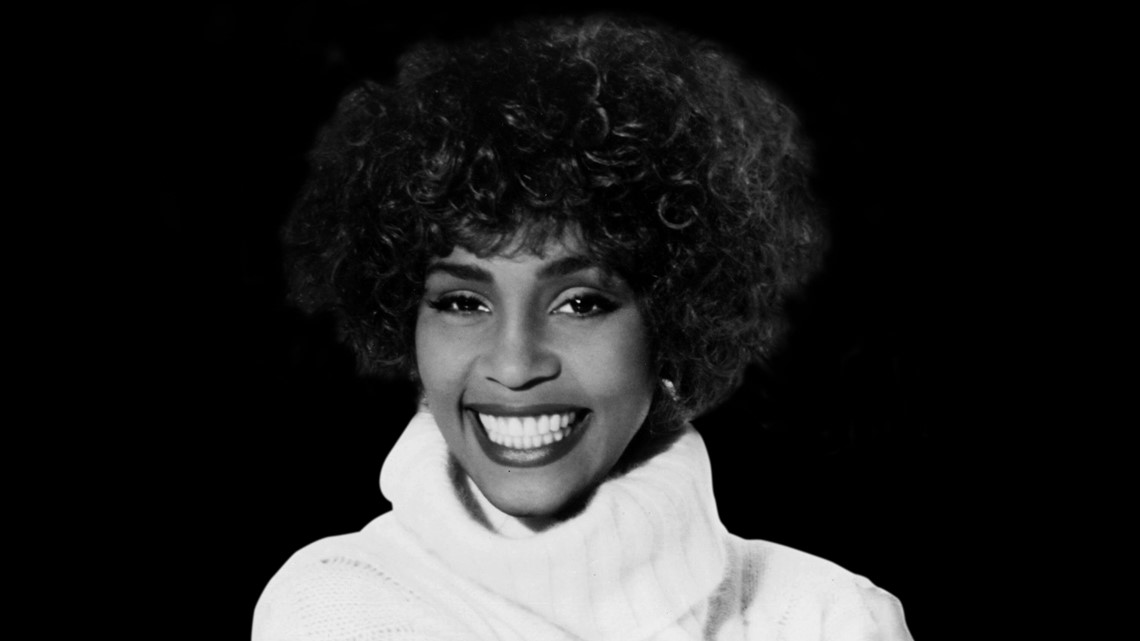
Celebrated as the “greatest singer of her generation,” Whitney Houston’s accomplishments in music were unparalleled.
Houston’s musical upbringing is one of the most storied in the business, and she seemed destined for greatness. Her mother, Cissy Houston—a vocalist who supported artists from Elvis to Aretha Franklin—provided Whitney with expert training from a young age. Through her mother and cousin Dionne Warwick, Houston heard and saw the best performers in the business. “When I started singing,” she once said, “it was almost like speaking.”
Houston’s effortless vocal skill attracted interest from multiple labels, and at the age of nineteen was signed by Clive Davis to Arista Records in 1983. Her debut album netted three #1 singles: “Saving All My Love for You,” “How Will I Know,” and “The Greatest Love of All” and topped the Billboard 200 for fourteen weeks.
Houston’s ability to connect with audiences set dozens of industry records: the first artist to have seven consecutive #1 hits, he longest-reigning #1 single on the Hot 100 (“I Will Always Love You”), and the first woman to enter the Billboard 200 at #1 (Whitney). Her awards—numerous enough to achieve a nod from Guinness World Records—included an Emmy and six Grammys.
Houston’s voice was as versatile as it was powerful, and her catalog shows a unique ability to incorporate a range of stylistic elements spanning pop, rock, gospel, R&B, funk, soul, and hip-hop. She moved from ballads that showcased her vocal range like “Didn’t We Almost Have It All” to dance tracks like “I Wanna Dance with Somebody (Who Loves Me).” Her sound expanded through collaborations with a wide array of artists, including Stevie Wonder, Luther Vandross, Babyface, Missy Elliott, Bobby Brown, and Mariah Carey. Covers of her songs and tributes since her passing in 2012 have come from all corners of the industry, and her voice lives on through the younger generations inspired by her work.
Nine Inch Nails Previous nominations in 2015, 2016
Year first eligible: 2015 ceremony
Members included: Trent Reznor

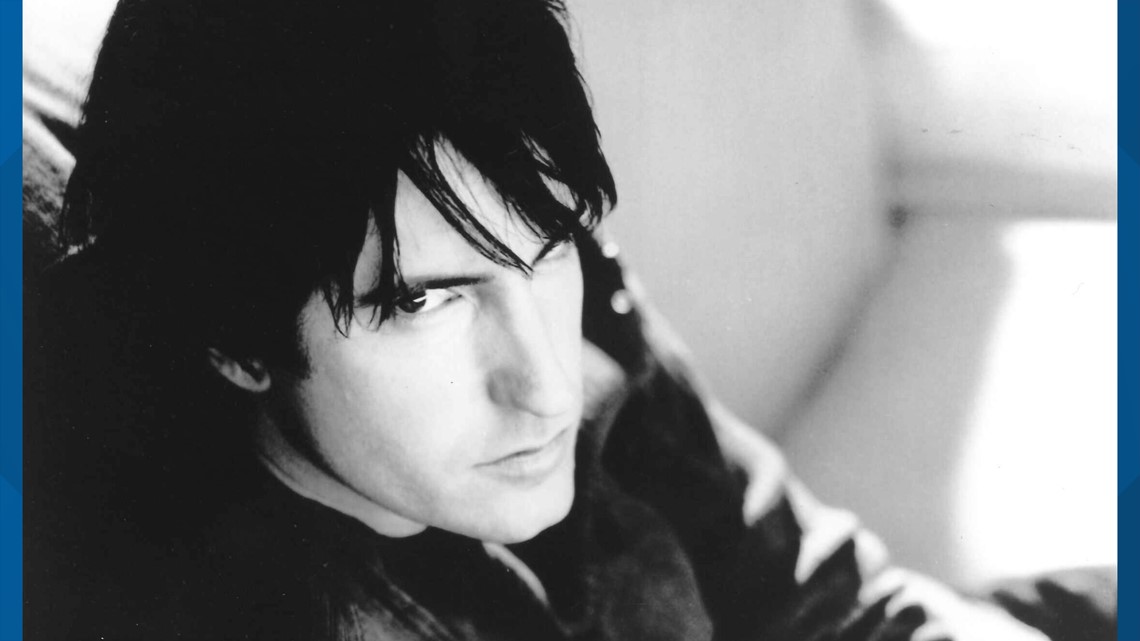
Trent Reznor makes music that juxtaposes the brutal and delicate, chaos and order, nihilistic despair and spiritual rapture. With Nine Inch Nails, he has taken the sounds and sights of transgressive art — monkey messiahs, shiny boots of leather, serial killers — into the mainstream, transmuting alienation into community. Nine Inch Nails began in Cleveland in the late 1980s as a studio project for Reznor but blossomed onstage with his live band during the first Lollapalooza tour in 1991, which found them laying waste to its instruments in the afternoon sun as dismayed fellow musicians and converted fans looked on. The 1994 breakthrough album The Downward Spiral combined the mechanized funk and discordant noise of industrial rock with Reznor’s belief in melody and song structure. It debuted at number two on the Billboard album chart and spawned the Top 40 hit “Closer” — with its promises of animalistic sex as a way of being nearer to God — as well as “Hurt,” later covered by Johnny Cash.
More on NIN's Cleveland roots below:
A mud-splattered, star-making performance at Woodstock ’94 delivered Nine Inch Nails to the arena level. A series of carefully wrought tours — including a co-headlining trek with David Bowie in 1995 — followed, accompanied by visuals as transformative as they were simple. In recent years, Reznor’s penchant for futurism has included distributing music for free on the Internet as well as working for Beats Music to find a way to restore value to purchasing music. Nine Inch Nails returned in 2013 with Hesitation Marks and reissued new instrumental versions of The Fragile and With Teeth as exclusive Apple Music streams. The creativity of Trent Reznor has penetrated myriad aspects of the entertainment world. From music to film to management and streaming, NIN continues to be an influential force in our world.
The Notorious B.I.G. First-time nominee
Year first eligible: 2020 ceremony
Members included: Christopher Wallace

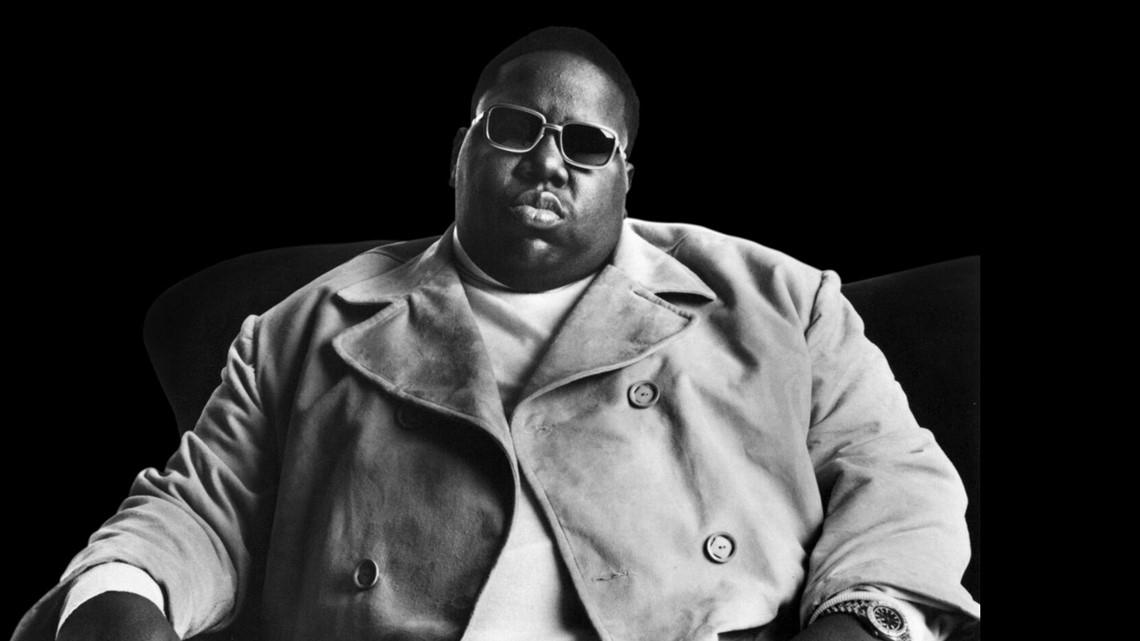
Biggie Smalls – aka The Notorious B.I.G. – is celebrated as the greatest of his generation. Born Christopher Wallace in Brooklyn’s Bedford-Stuyvesant neighborhood, he earned the nickname “Big” as a teenager. His versatile rapping style - laid-back yet hard, complex yet relatable - drew the attention of Sean “Puffy” Combs and Puffy’s new label, Bad Boy records. In 1993, Biggie’s debut single – the raucous “Party and Bulls**t” – proved he was a star in the making, and quickly made him the focal point of Bad Boy.
1994 saw the release of Ready to Die, which included signature classics “Juicy” and “Big Poppa” and fan favorites “Warning” and “Gimme the Loot.” Biggie’s music ranged from smooth R&B samples to hard-hitting beats, and his autobiographical approach to storytelling transported you into his life. The music complemented Biggie’s high-end, Versace-laced fashion sense to make him a superstar: the East Coast’s answer to Dr. Dre and Tupac. By 1995, he was the top-selling solo male artist on the rap, R&B and pop charts – all without compromising his art or his street cred.
In March 1997, Biggie was shot and killed at the age of 24, devastating the music community. Two weeks later, his final completed album Life After Death was released. A double-record with equal parts ambition and paranoia, it debuted at number one and included chart-toppers “Hypnotize” and “Mo Money Mo Problems” – making Biggie the first artist to earn multiple posthumous number ones. The world continues to hear Biggie’s voice through posthumous releases and the critically acclaimed biopic Notorious.
Biggie’s legacy finds him among the top of “Best Rapper” lists: he’s a direct influence on artists like Jay-Z, Eminem, and Nicki Minaj, and his lyrics have been quoted by Alicia Keys, Michael Jackson, and Usher. His 1997 public funeral turned grief into celebration when a fan blasted his #1 hit “Hypnotize” and set off an impromptu block party. Even in death, Biggie’s music exudes life.
T. Rex First-time nominee
Year first eligible: 1994 ceremony
Members included: Marc Bolan, Steve Currie, Mickey Finn, Bill Legend

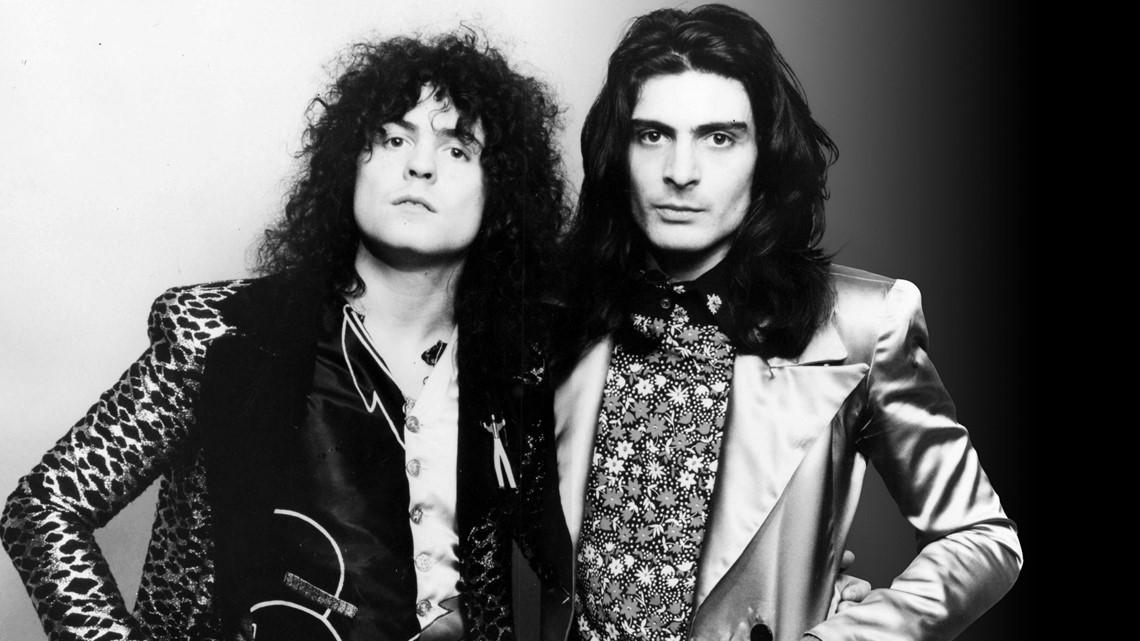
T. Rex was a rock and roll comet that graced earth and left behind a new rock style and inspired generations of musicians. Marc Bolan and Steve Peregrin Took began the group as psychedelic folk-rock with elements of eastern music, baroque songs, and fantasy stories.
In 1970, Bolan teamed with drummer Mickey Finn and producer Tony Visconti to record “Ride a White Swan,” which is now considered the musical herald that ushered in the birth of Glam Rock. The next release was a full length self-titled album that experimented with electronics and rock sounds on songs like “The Wizard.” They added bass player Steve Currie and drummer Bill Legend and made Electric Warrior, and glam rock diamond that changed the world of rock. The music kept the underpinning of folk-rock and psychedelia, but added an undeniable guitar crunch, pulsing rockabilly rhythms, and pop vocals. “Jeepster” is a power cord romp, “Cosmic Dancer” a space journey ballad, and “Bang a Gong (Get It On)” an anthem for the ages.
Between 1971 and 1977 the band stayed aggressively creative by releasing at least one album per year. Bolan’s tragic death on September 16, 1977, put an end to the band, but their music went on to influence countless musicians and styles that include post-punk, new wave, indie, and alternative rock. Artists including the New York Dolls and KISS took the style of Bolan to the next level and created new musical scenes. Bauhaus toughened up “Telegram Sam” into a gothic explosion and the rock & roll supergroup the Power Station had a top ten hit with “Bang a Gong” in 1985, bringing the music of T. Rex to the MTV generation. T. Rex is name checked in the lyrics of songs by Bowie, The Who, and the Ramones, featured in film soundtracks, and referenced in novels: their presence in popular culture is everywhere.
Irving Azoff Ahmet Ertegun Award recipient
Irving Azoff is a name that has become synonymous with the entertainment industry. From his earliest days when Mr. Azoff began promoting and booking bands during his University of Illinois college years to his success as an agent, personal manager, concert promoter, movie producer, independent record label owner, merchandiser, music publisher and record company CEO, he has always put his unique stamp on his accomplishments.

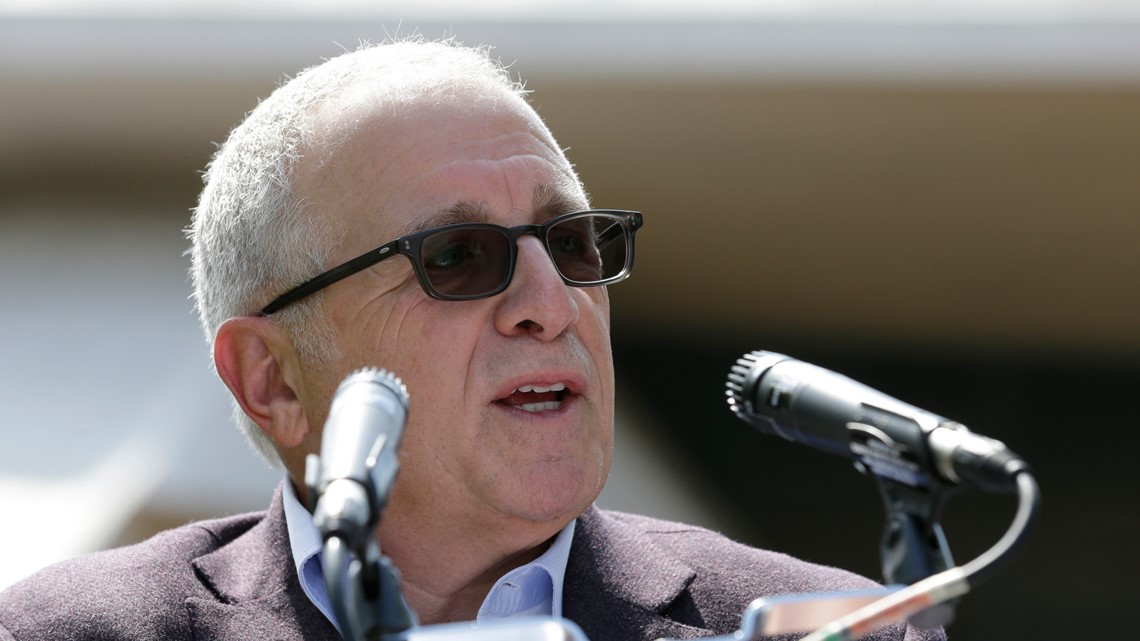
Mr. Azoff holds the title of Chairman and CEO of The Azoff Company and is the personal manager of the legendary Eagles, who he has managed since 1974, Jon Bon Jovi, Gwen Stefani, Harry Styles, Christina Aguilera, John Mayer, Journey, Van Halen, entertainer Chelsea Handler and many others. The Azoff Company, founded in 2018, is a privately held media and entertainment company dedicated to investing in positively disruptive businesses that put artists and fans first. The company is based in Los Angeles and has a portfolio that includes Full Stop Management, one of the world’s leading music management companies; Global Music Rights, a performance rights company transforming that space in favor of its songwriter clients; Oak View Group, a company focused on the sports and entertainment venue industry; and Lane One, a premium experience company.
Additionally, the Azoff Company has a consultancy relationship with the Madison Square Garden Company with respect to the Forum, the MSG Sphere initiative and other matters. Previously, he served as Chairman and CEO of Ticketmaster Entertainment and Executive Chairman of Live Nation Entertainment and CEO of Front Line Management, the world’s largest music management firm, until his resignation on Dec. 31, 2012.
Jon Landau Ahmet Ertegun Award recipient
Jon Landau began his career in music as a pioneer rock journalist in the mid-'60s. He contributed to many of the earliest rock publications, including the original Crawdaddy! The Phoenix and, starting with the first issue in 1967, Rolling Stone. He was the magazine’s lead music columnist and later the editor of all record reviews.
During his 10 years at the magazine, he wrote a vast amount of highly influential articles and reviews, much of which he collected in his book, It’s Too Late to Stop Now. He began his second career as a record producer working first with the MC5 on their legendary Back in the USA and folk-rock artist Livingston Taylor and, later on, with Jackson Browne.

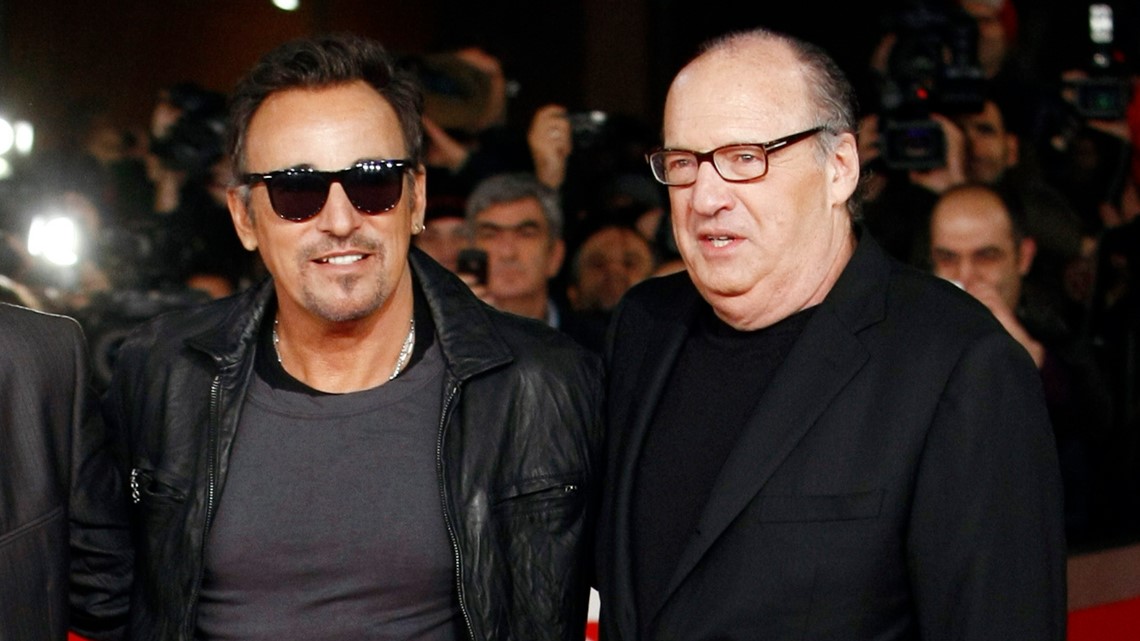
In 1974, he combined his interest in journalism and record production by writing about a concert in Boston that “I saw rock and roll’s future and its name is Bruce Springsteen” and then going on to become Springsteen’s co-producer for the next 18 years. In 1977 he started the third phase of his career and became a manager where his principal client has always been Springsteen. In one form or another, they have worked together in a model relationship for the last 45 years.
Induction process How the 2020 class was chosen
Each inductee was chosen by a committee of more than 1,000 people, including former inductees, historians and members of the music industry. The fan ballot is also a factor that's tallied when determining the final class.
To be eligible for induction, an individual artist or band must have released their first commercial recording at least 25 years prior to the year of nomination. Factors in determining the inductees are:
- The artist's musical influence on other artists.
- Length / depth of career and body of work.
- Innovation and superiority in style / technique.
NOTE: All bios listed above provided by the Rock and Roll Hall of Fame.


